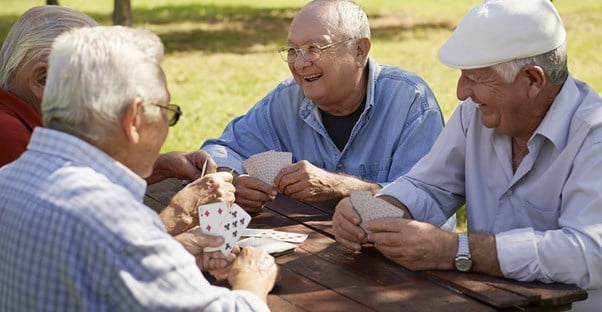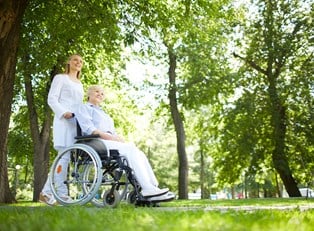It is an inescapable truth that, one day, your older loved ones will no longer be able to care for themselves. Before that day arrives, take some time now to construct a plan on how best to care for them in their later years so that you are both financially and mentally prepared for the transition.
The First Steps
Your loved one, while physically deteriorating, is probably still mentally healthy and able to retain individuality. This can be a hard step for him or her too, and you’ll want to make sure there is open communication. First, hold a meeting. This allows everyone to have a say in what they want versus what can be afforded. Maybe your loved one wants a place that is less hands-on than others. Either way, always communicate that this move is geared toward making sure he or she has someone there to help if a nasty fall were to happen.
Finances
With the basics of the home in mind, it is time to sit down and calculate how much can be allotted. Elder care can be in-home, at a nursing home, or at an assisted living home, each one set with its own expenses. National averages put the monthly rates at $3,360-$5,760, $6,000 and $2,714 respectively. Each also comes with its own type of care which has a direct correlation to the price. After initial estimates, go over any additional things the home provides in ways of entertainment or social activities as this could add or detract from each option’s overall value.
The Right Time
While there is not a perfect formula to know exactly when to send the loved one to a better place, there are some major signs to watch out for. If he or she is having more and more accidents or falls, is taking a longer time to recover from a simple infection, suffers from a chronic condition that is only worsening, or having difficulty carrying out daily tasks, it’s time to have a talk. Physical signs to watch out for include noticeable weight loss or gain, higher fragility, strange body odor, or any changes in appearance that are out of the ordinary. While money spending habits or social activity changes can also be red flags, the ones listed here are the most important to pay attention to.
Types of Care
As mentioned earlier, there are three types of care available. Assisted living is an entire housing facility that comes with supervision and assistance with daily activities, coordination with medical services, and constant monitoring of patients to keep them safe, healthy, and happy. Nursing homes are a bit more intense and set up like hospitals. They provide those there with 24 hour supervision by trained nurses. At the other end of the spectrum is at-home care. Just as it sounds, the loved one remains at home, but a caretaker comes over during the day to assist with regular activities and chores.




